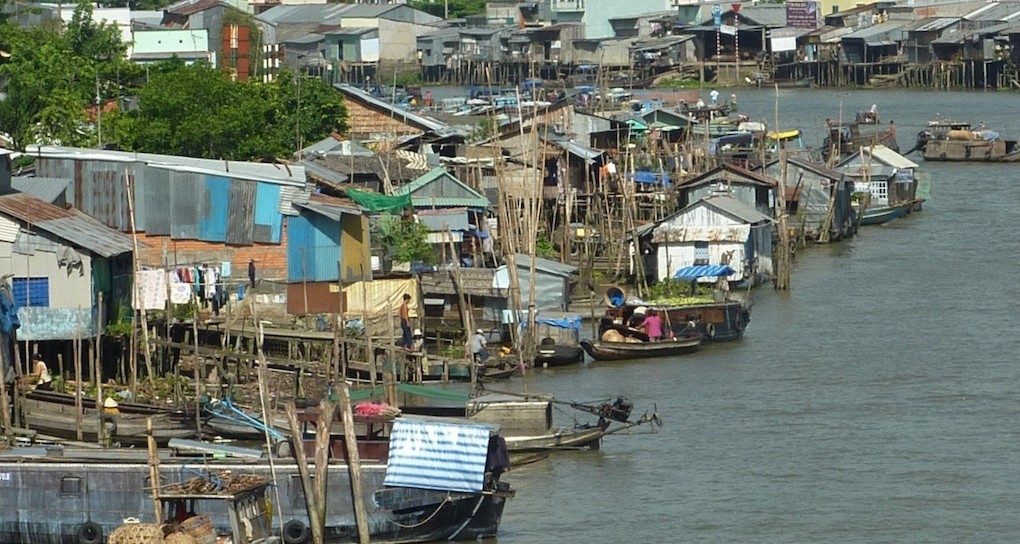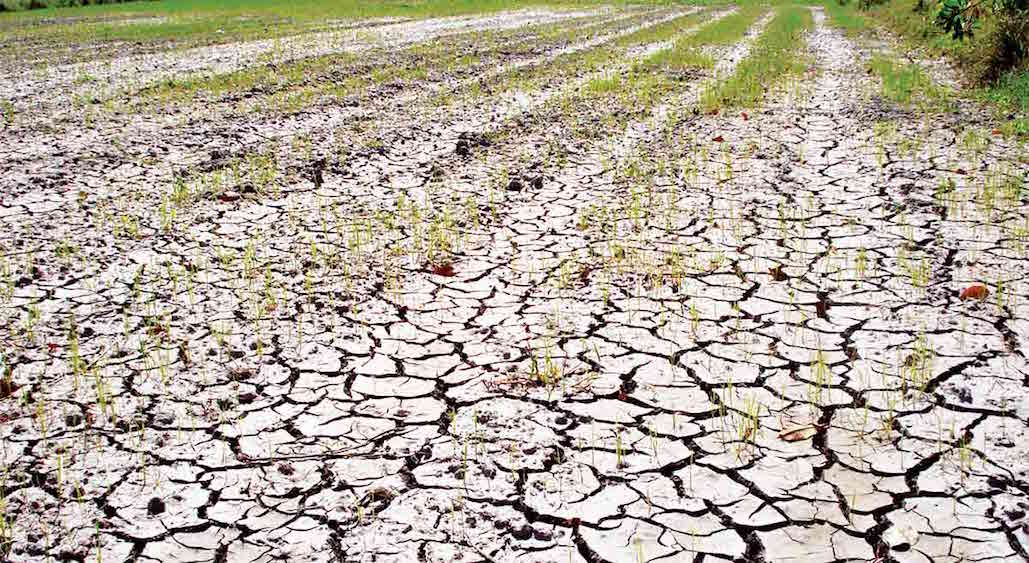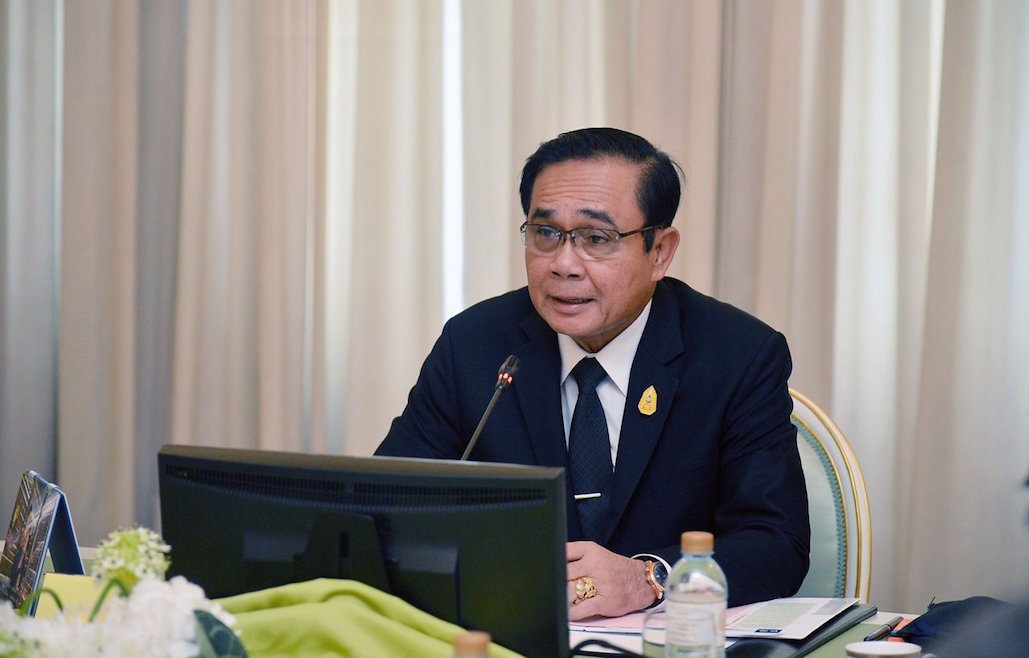There are no ‘simple answers’ for managing the risks of Mekong hydropower development. The reality is much more complex, Paul Wyrwoll, Luke Taylor, Simon Tilleard and Colum Graham write.
When faced with complex policy questions, we all share an instinct to fall back on rules of thumb and make intuitive judgements. But complexity and uncertainty need to be acknowledged and engaged with, particularly when the facts are dynamic and the stakes are high.
Hydropower development is one of the most heavily contested issues in water resources management. The Mekong Basin is a hotspot of the current global boom in dam building. Similar to the Nile, Brahmaputra, Sur Daya and other transboundary river basins, different perceptions of the costs, benefits and risks of upstream hydropower have become a central regional issue.
The decision-makers, practitioners and scholars working on Mekong hydropower have a growing set of scientific data, technical reports and research programs to draw on. These resources provide the basis for answering questions regarding the cumulative costs and benefits of new dams, the political economy of dam development, and the future institutional arrangements for cooperative water management between the six Mekong countries: Laos, Thailand, Vietnam, Cambodia, China, and Myanmar.
The answers are not simple.
In a recent Policy Forum article, Asit K Biswas and Cecilia Tortajada conduct a ‘myth-busting’ exercise on Mekong hydropower. They seek to “consider objectively what are the facts” regarding whether upstream hydropower dams in China contributed to the 2016 drought in Vietnam’s Mekong Delta, and more broadly whether existing and future hydropower dams across the entire Mekong Basin will contribute to droughts in the delta.
The authors reach three key conclusions. First, they find that “the simple answer is no. Hydro dams do not consume any water” and therefore will not worsen droughts in the Mekong Delta. Second, they emphasise that new knowledge can ensure that hydropower dams produce net social benefits and compensate negatively impacted stakeholders. Third, the authors state that the current “institutional arrangements to manage the Mekong river basin leave much to be desired” and call for an “effective regional institutional mechanism” to develop a strategic plan for “coordinated and sustainable development” of the region.
Enhancing transboundary water governance in the Mekong region is a worthy goal. But it needs to be grounded in evidence, analysis and an understanding of the context. Biswas and Tortajada, unfortunately, overlook some of the key complexities and risks of Mekong dam construction.
Let us first consider their conclusion that both existing and future hydropower dams will not contribute to droughts in the Mekong Delta. We know that approximately 24 per cent of the river’s natural dry season flow typically originates in China. And recent research has shown that dams in China generally increased dry season flows between 2011 and 2014 compared to the historical record. However, unpredictable year-to-year changes make any downstream water supply benefits difficult to capture.
Research published this past June has shown that global water resources development between 1971 and 2010 generally shifted water scarcity challenges downstream. We would expect that, on average, hydropower dams would increase dry season downstream flows, but it is not always the case in extreme drought situations.
Looking at the broader and longer term picture, a comprehensive map of Mekong hydropower development from April 2016 shows 60 medium- to large-scale hydropower dams in operation across the basin and a further 130 projects planned or under construction. The new projects would have varying generation capacity, different reservoir volumes and operating modes, and some would divert water storage to irrigation. The cumulative impacts of up to 190 dams need to be considered – not an easy task.
The not-so-simple answer is that we don’t yet know the overall influence of future hydropower dams on drought incidence in the Mekong Delta.
Biswas and Tortajada build on their discussion of water supply impacts to claim that the costs and benefits of new dams can now be managed optimally. They argue in favour of hydropower development in the Mekong by stating “it is now possible to construct and operate dams which could provide significant net benefits to society and also ensure that the people who may pay the costs become direct beneficiaries of these projects.”
‘Possible’, ‘could’, and ‘may’ are important qualifiers. We do not understand enough about the political economy of Mekong dam construction and operation to make overall claims about the distribution of social benefits in each country, let alone for the region.
In terms of the potential costs, water supply impacts are far too narrow an enquiry. For the Mekong, there are more complex risks to consider and bigger questions to answer.
The Lower Mekong is the world’s most productive inland capture fishery and the primary source of protein for its 65 million inhabitants. Dams are a barrier to the many migratory species that move upstream to reproduce. Over the past decade, there have been advances in dam designs to limit the impacts on migratory fish. But research indicates that identifying and minimising impacts in the Mekong will require decades to design specialised fish passage facilities and calibrate dam operations.
Fisheries are just the beginning: there is also the trapping of sediment and the flattening of the Mekong’s unique flood pulse hydrology. Both factors will dramatically alter the farming and natural systems that underpin food security in the Mekong Delta, Tonle Sap and across the entire region.
Finally, Biswas and Tortajada state that the future prospects for transboundary water cooperation are bleak, and a new, unspecified “effective regional institutional mechanism” is needed.
The Mekong River Commission (MRC) is the incumbent forum for countries to consult and cooperate on water resources management. There are legitimate concerns regarding the MRC’s capacity as a forum for joint management of the Mekong hydropower boom. China and Myanmar are MRC observers, not members. The 1995 Mekong Agreement does not cover tributary hydropower projects.
But it is important to remember what the MRC is and what it isn’t. The MRC is a dialogue forum for the Lower Mekong states (Laos, Thailand, Cambodia, Vietnam) to consult with each other and share information. It is not a treaty-based organisation. The MRC provides processes for national governments to consult on proposed projects. A primary function of the MRC is to share data and produce knowledge, including regional projects and programs such as the Basin Development Strategy and the Strategic Environmental Assessment of Mainstream Dams.
Furthermore, the MRC has demonstrated some effectiveness in convening progressively better consultation processes for stakeholder outcomes for the mainstream Xayaburi, Don Sahong and Pak Beng dams in Laos. In terms of relations with China, the MRC played a role in coordinating water releases from Chinese dams intended to provide relief to downstream countries during the 2015-2016 drought.
Constructive proposals for new or alternative institutional arrangements would need to account for the political economy of hydropower development in each country, as well as broader regional and geopolitical factors, such as trade, investment flows and maritime security.
A diversity of views exists on what the appropriate forum could be. Should it involve an extension of the MRC to include China and Myanmar as full members? Or the China-led Lancang-Mekong Cooperation Mechanism? Or a new treaty modelled on the United Nations Watercourses Convention?
Hydropower development in the Mekong involves a set of complex issues. Given the sheer scale of thedevelopment underway, the facts are dynamic. As Biswas and Tortajada point out, cooperation is needed for Mekong countries to develop a strategic plan of “coordinated and sustainable” hydropower development across the basin.
Helping such a plan take shape in the Mekong will require careful analysis and engagement. We cannot simply assume that “more and more dams will be constructed in the world that are economically efficient, socially desirable and environmentally acceptable”. It is more helpful to consider the context, seek the details, engage with the science, acknowledge risks, work with opposing perspectives, and search for the not-so-simple answers.





